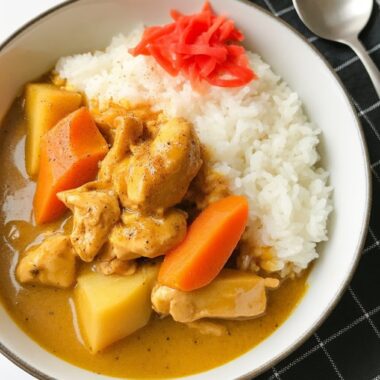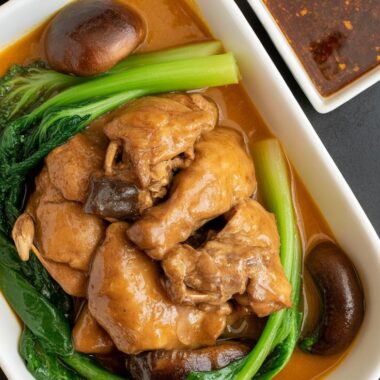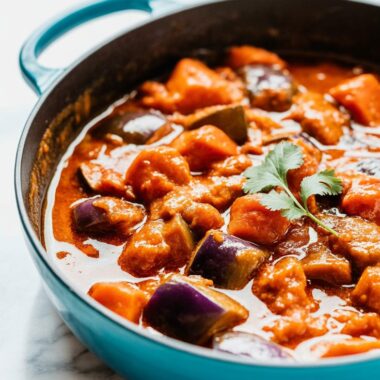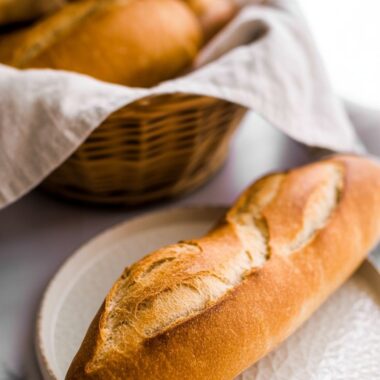This miso glazed salmon is one of those recipes I keep coming back to—especially when I want to cook something that feels fancy but takes almost no effort. The glaze? It’s sweet, savory, just a little funky (in the best way), and it sticks beautifully to that flaky salmon like it was meant to be there.
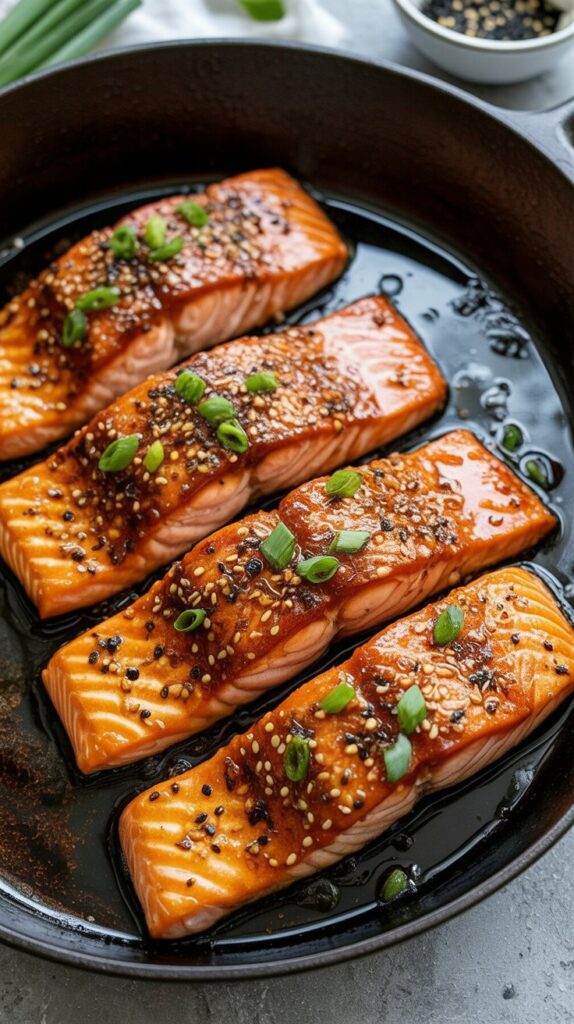
Whenever I serve this, it feels like restaurant-quality food at home—but without the noise, the bill, or the hard-to-pronounce ingredients.
Why This Recipe Works So Well
This dish is full of flavor but surprisingly simple. You don’t need a bunch of special tools or techniques—just good salmon and that magical miso glaze.
I’ve made this salmon on regular weeknights, but I’ve also plated it up for guests on a weekend dinner. It’s one of those rare recipes that fits both moods: casual and elevated. The secret? Miso paste. It gives the sauce a deep, savory base, and when you pair it with sesame oil, rice vinegar, and brown sugar, you get that sticky, glossy finish that people assume took hours to master.
What You’ll Need From the Kitchen
Here’s everything I use for this recipe, along with a few tips from my own cooking experience.
- Salmon Fillets – I usually buy one big slab (about 2 pounds) and cut it into even pieces. Try to go for center-cut fillets if you can—they cook more evenly and look great on the plate.
- Salt and Pepper – Just a light sprinkle. The miso and soy sauce already pack a punch, so keep this minimal.
- Miso Paste – I usually go with red miso for its depth, but white miso works if you prefer something milder. It lives in the fridge section of most grocery stores.
- Soy Sauce – I keep low sodium in my pantry just for recipes like this. It balances the miso without going overboard on salt.
- Brown Sugar – Adds the perfect sweetness. I’ve swapped it with honey before and it still worked.
- Rice Vinegar – Brings a little brightness to the glaze. If I ever run out, apple cider vinegar has saved the day more than once.
- Sesame Oil – A little goes a long way. Too much can overpower the glaze, so just a splash is enough.
- Green Onions and Sesame Seeds (for garnish) – Totally optional, but I think they make the dish pop—both visually and flavor-wise.
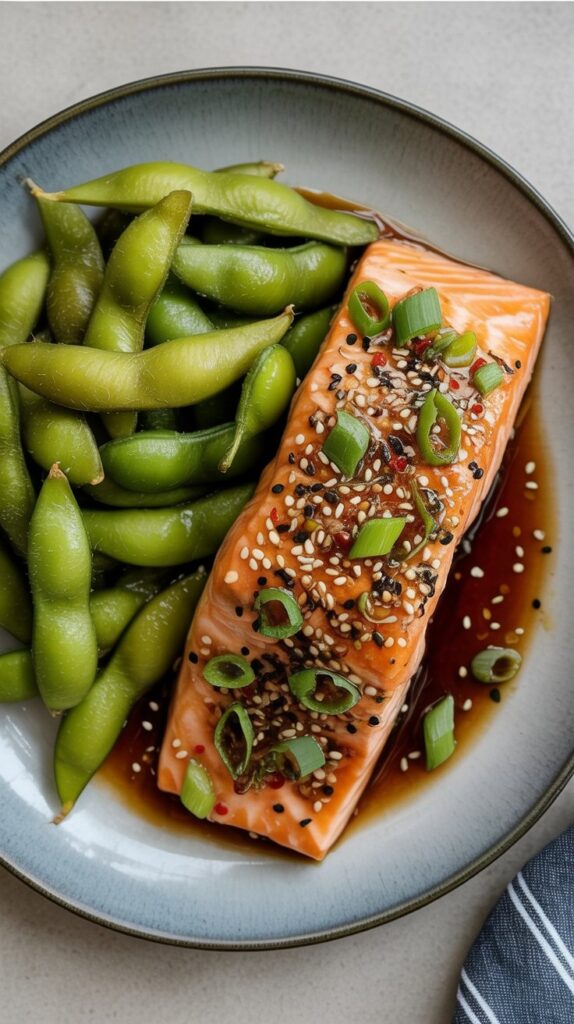
How I Make Miso Glazed Salmon
This salmon gets cooked in the oven, then finished under the broiler to give the glaze that sticky, caramelized texture. It’s ridiculously easy once you get the timing right.
Step-by-step:
- Season the Salmon – Just a light sprinkle of salt and pepper.
- Mix the Glaze – Whisk together the miso, soy sauce, brown sugar, vinegar, and sesame oil in a bowl until smooth. Save a spoonful for later.
- Marinate – Place the salmon in the glaze and let it sit for 1 to 3 hours. I usually do this in a zip-top bag or shallow bowl in the fridge.
- Bake – Preheat the oven to 375°F. Put the marinated salmon into a skillet or oven-safe dish (discard the marinade) and bake for 12–15 minutes until almost done.
- Broil – Brush the salmon with the leftover glaze and pop it under the broiler for 1–2 minutes to caramelize. I usually check the center to make sure it hits 125–130°F.
- Garnish and Serve – Add some chopped green onions and sesame seeds right before serving.
My Tips to Make It Even Better
Here’s what I’ve learned after cooking this salmon a dozen times—and messing it up a couple too.
Picking Good Salmon
Freshness makes a huge difference here. I look for fillets that are firm, slightly springy, and have that nice rich pink color. If it looks pale or has a mushy texture when you press it, skip it.
The Glaze Is Everything
Don’t skip the marinating step—it gives the salmon time to absorb all that miso-soy flavor. I usually whisk the glaze in the morning and toss the fish in before work so it’s ready to bake in the evening. It’s the kind of prep that feels effortless but pays off in taste.
What to Serve It With
I often pair it with brown rice or jasmine rice, some quick-steamed edamame, or roasted bok choy. And if I have leftovers, I’ll flake the salmon over a cold noodle salad the next day—it’s one of my favorite lunch tricks.
Can You Make It Ahead?
Yes, you can totally marinate the salmon the night before. Just cover and refrigerate it, then bake it straight from the fridge when you’re ready. The glaze actually gets better the longer it sits.
If you’re serving this to guests, prep everything a few hours ahead and finish it off under the broiler right before plating. It’s quick and mess-free, which is a win when your kitchen’s already filled with hungry people.
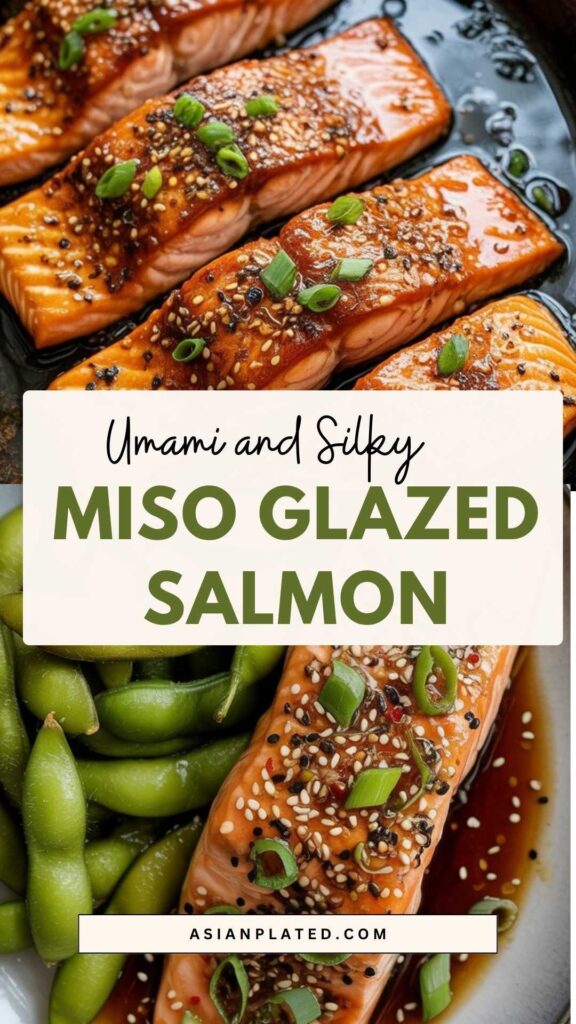
How to Store Leftovers
This salmon reheats pretty well, but I like to eat it cold too—flaked over a salad or stirred into fried rice.
- Fridge: Store leftovers in an airtight container for up to 3 days.
- Reheat: Warm it gently in the microwave or on the stove over low heat with a splash of water to keep it moist.
Miso Glazed Salmon
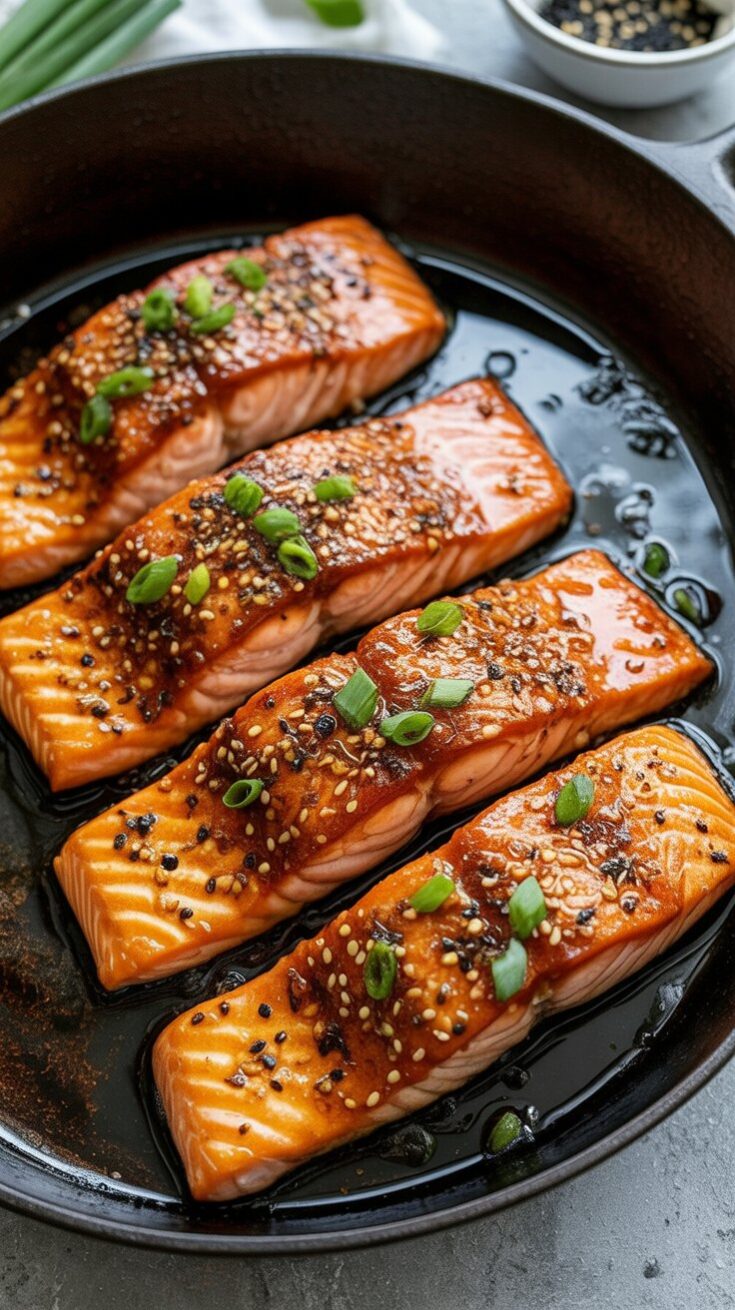
This miso glazed salmon is one of those dishes that feels fancy but is secretly simple. The glaze caramelizes beautifully as it bakes, giving the salmon a sweet-savory crust while keeping the inside flaky and tender.
Ingredients
- 4 salmon fillets (about 2 pounds total)
- 1 tablespoon brown sugar
- ¼ cup white miso paste
- 2 tablespoons soy sauce
- 1 tablespoon rice vinegar
- 1 teaspoon sesame oil
- Salt and freshly cracked black pepper
- Chopped green onions, for garnish
- Toasted sesame seeds, for garnish
Instructions
- Start by seasoning the salmon fillets lightly with salt and pepper. This gives the fish a little extra depth before the marinade works its magic.
- In a small mixing bowl, combine miso paste, soy sauce, brown sugar, rice vinegar, and sesame oil. Whisk until everything is smooth and glossy. Scoop out about a tablespoon of this glaze and set it aside—this will be brushed on later for that final burst of flavor.
- Place the seasoned salmon into a bowl or shallow dish and pour the rest of the miso glaze over the fillets. Make sure they’re well coated. Cover and let the salmon marinate in the fridge for at least 1 hour, or up to 3 hours if you have time.
- When you're ready to cook, preheat your oven to 375°F. Line a baking dish or oven-safe skillet with parchment or lightly oil it, then arrange the salmon fillets, letting any excess marinade drip off.
- Bake the salmon for about 12 to 15 minutes, depending on thickness, until it's mostly cooked through and just starting to flake.
- Now for the good part: brush the reserved glaze over each fillet, then switch your oven to broil on high. Broil the salmon for 1 to 2 minutes—just long enough to caramelize the glaze and finish cooking the fish. You're aiming for an internal temperature of 125°F to 130°F at the thickest part.
- Sprinkle with chopped green onions and a pinch of sesame seeds just before serving. It’s delicious with steamed rice, soba noodles, or a crisp cucumber salad on the side.
Nutrition Information:
Yield: 4 Serving Size: 1Amount Per Serving: Calories: 835Total Fat: 50gSaturated Fat: 9gTrans Fat: 0gUnsaturated Fat: 36gCholesterol: 224mgSodium: 1444mgCarbohydrates: 10gFiber: 2gSugar: 4gProtein: 83g
Asianplated.com, occasionally offers nutritional information for recipes contained on this site. This information is provided as a courtesy and is an estimate only. This information comes from online calculators. Although allchickenrecipes.com attempts to provide accurate nutritional information, these figures are only estimates.
Quick Questions You Might Have
Can I use another fish?
Yes! This glaze works beautifully on cod, halibut, snapper, or even shrimp. I’ve even brushed it onto tofu before and loved it.
Is this spicy?
Nope. It’s savory and sweet. If you want a little kick, add a dash of chili flakes or a swirl of sriracha to the glaze.
Where can I find miso paste?
Check the refrigerated section near the tofu at most grocery stores. I usually find it in small tubs.
Can I grill this instead?
Yes, just oil your grill well and brush the glaze on during the last couple of minutes to avoid burning the sugars.
Let me know how yours turns out—I always love hearing how people customize this recipe to make it their own. Whether it’s a quiet dinner for two or a meal you want to impress with, this miso glazed salmon has you covered.
Let’s cook more food that tastes like it took hours but secretly didn’t.
Try other Japanese recipes:

